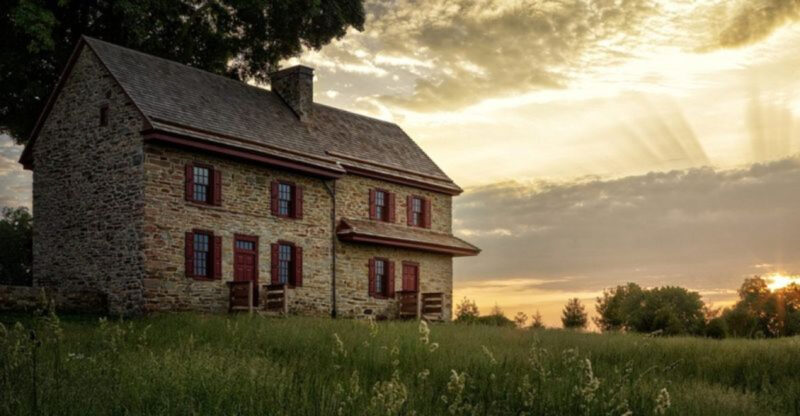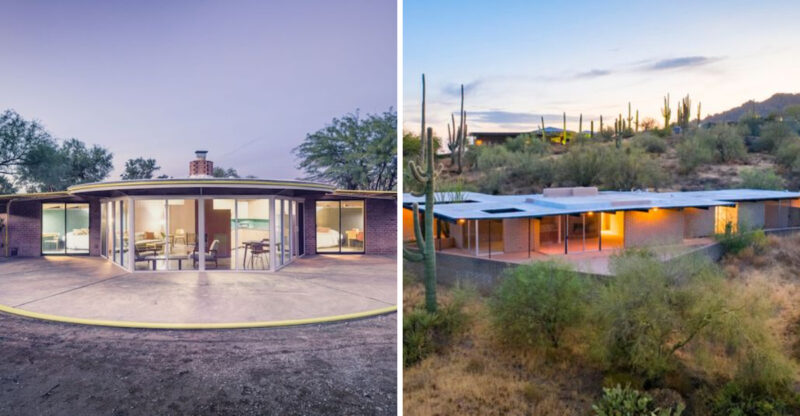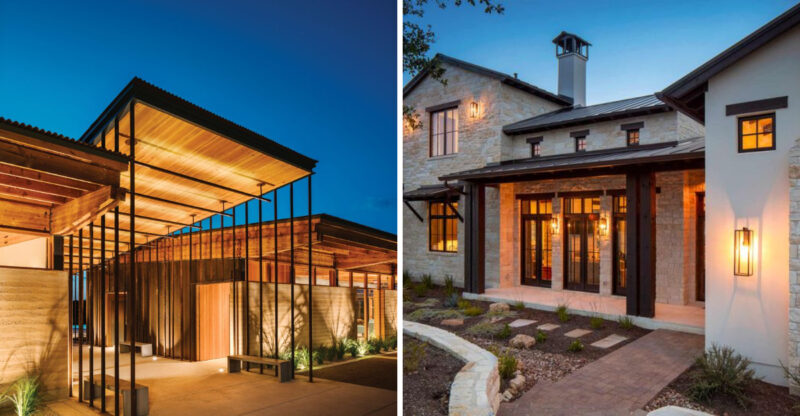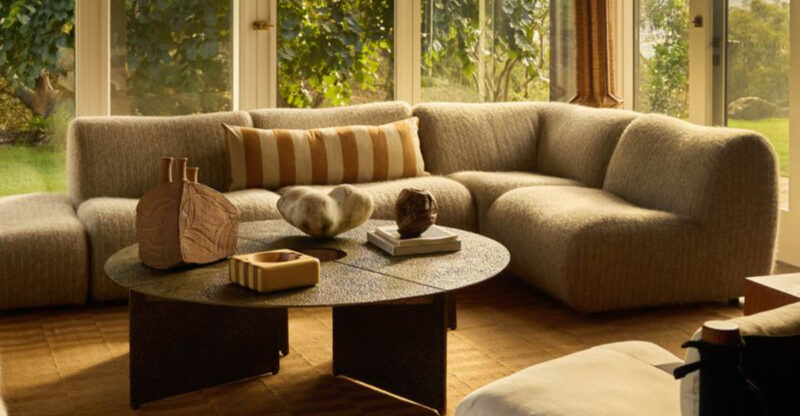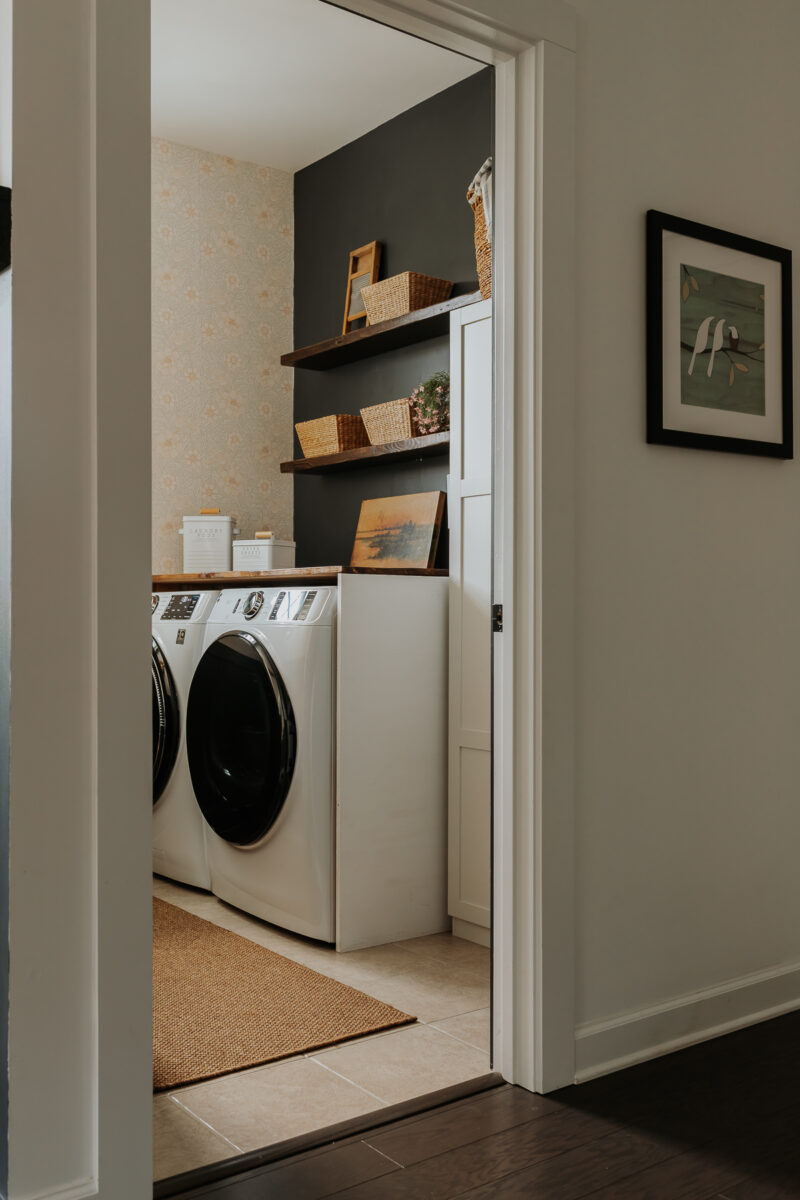9 Iconic Mansions In New Jersey That Reflect Timeless Design
New Jersey’s landscape is dotted with magnificent mansions that tell stories of America’s gilded past. These architectural marvels combine history, luxury, and design innovation that continues to inspire today’s builders and designers.
These iconic New Jersey mansions showcase the finest elements of timeless design while offering glimpses into different eras of American prosperity.
1. Drumthwacket: The Governor’s Stately Home
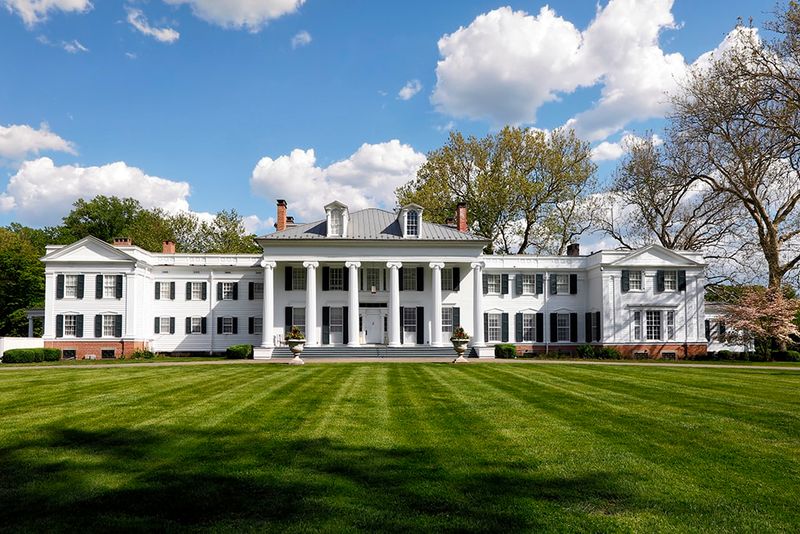
How fascinating that a Greek word meaning ‘wooded hill’ would become the name for New Jersey’s official governor’s mansion! Drumthwacket stands as a perfect example of Greek Revival architecture with its commanding white columns and symmetrical design.
Built in 1835 by Charles Smith Olden, who later became governor himself, this Princeton landmark combines elegance with historical significance. The interior features period furnishings, stunning artwork, and meticulously maintained gardens that transport visitors back to a more gracious era.
2. Morven: A Revolutionary Treasure

Where history and architectural beauty collide in the most delightful way! This Princeton jewel served as New Jersey’s first governor’s mansion before Drumthwacket took the honor. Morven was built in the 1750s by Richard Stockton, a signer of the Declaration of Independence.
The Georgian-style home features elegant brickwork, symmetrical windows, and period-specific interior details that have been lovingly preserved. Its gardens reflect different historical periods, making it a living timeline of American landscape design.
3. Lambert Castle: Victorian Splendor On A Hill
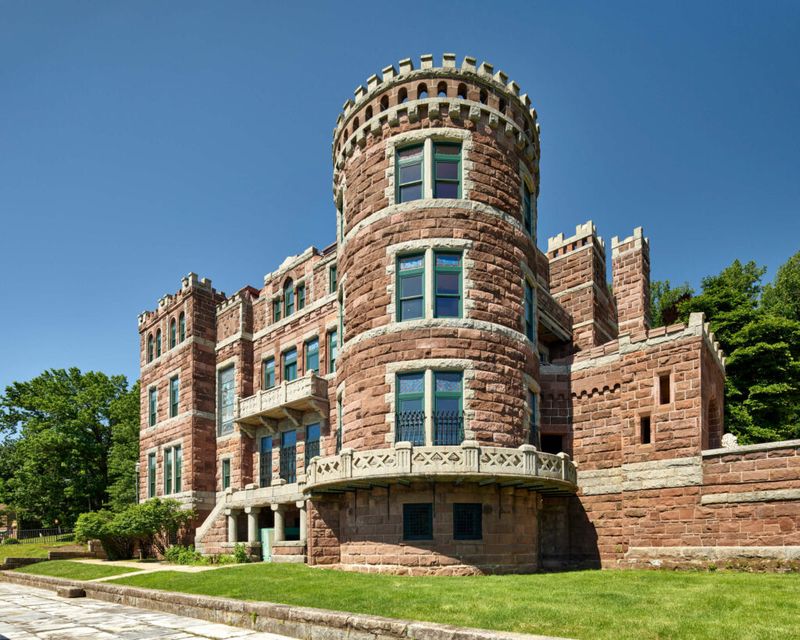
If you’re looking for dramatic flair, this medieval-inspired masterpiece will make your heart skip a beat! Perched on Garret Mountain in Paterson, Lambert Castle commands attention with its stone façade and tower.
Silk magnate Catholina Lambert built this Victorian marvel in 1892 as his personal residence and art gallery. The castle’s interior boasts intricate woodwork, stained glass, and marble fireplaces that showcase the craftsmanship of the era.
Its hilltop location offers breathtaking views of the New York City skyline that still impress visitors today.
4. The Kearny Mansion: Federal Elegance Preserved
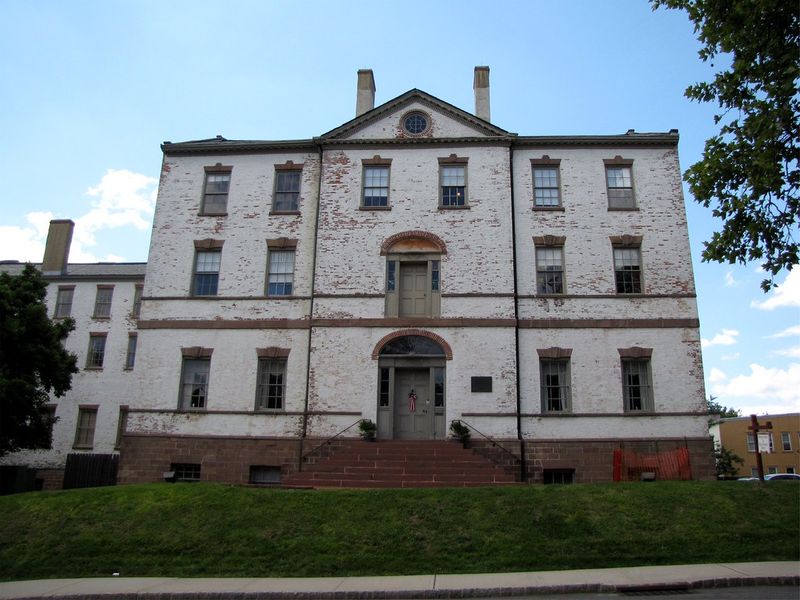
Though not as flashy as some of its counterparts, this architectural treasure possesses a quiet dignity that speaks volumes! The Kearny Mansion exemplifies Federal-style architecture with its clean lines and classical proportions.
Built in the early 1800s, this Perth Amboy treasure was home to Commodore Lawrence Kearny, a naval officer who helped open trade with China. The mansion features original woodwork, period furniture, and family heirlooms that tell the story of early American prosperity.
Its simple yet refined design principles continue to influence architects today.
5. Ringwood Manor: A Rustic Estate With Industrial Roots
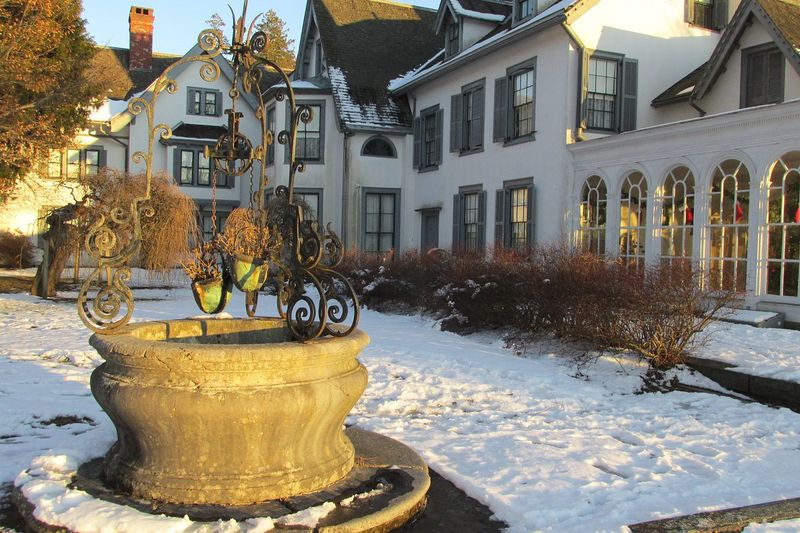
Are you ready for a mansion that breaks all the rules? Unlike its more formal counterparts, Ringwood Manor charms with its organic growth and eclectic architectural elements.
The estate began as a simple farmhouse in the 1740s before being expanded by iron magnates the Hewitt family. Ringwood’s design reflects multiple periods, with Victorian, Colonial, and Federal elements harmoniously combined.
The 51-room mansion sits amid 582 acres of gardens and woodlands, creating a country retreat that balances grandeur with natural beauty.
6. The Emlen Physick Estate: Victorian Grandeur
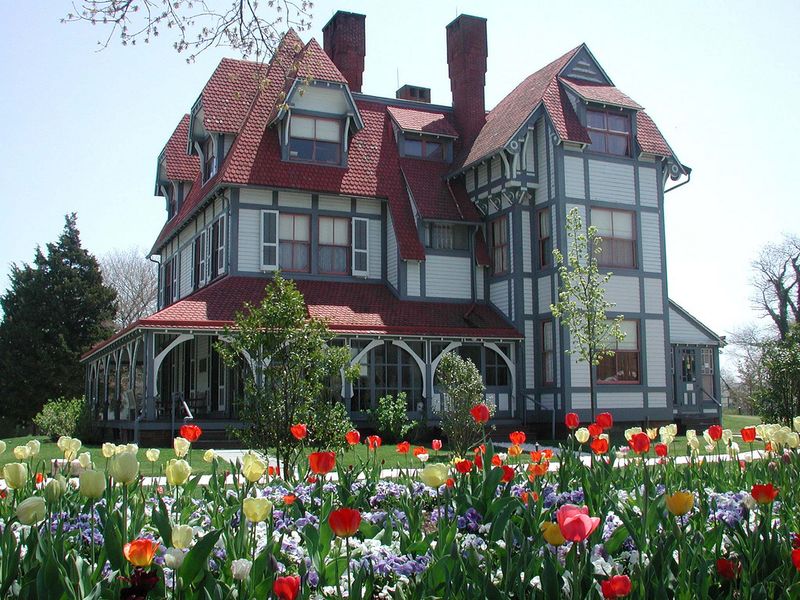
Nestled in the charming town of Cape May, the Emlen Physick Estate stands as a testament to Victorian grandeur. Designed by architect Frank Furness, this mansion showcases distinct architectural features that set it apart, such as its mansard roof and ornate woodwork.
Walking through its halls feels like stepping back in time, where each room tells a story of elegance and sophistication.
The estate is not only a visual delight but also a cultural hub. It frequently hosts events and exhibitions that delve into the history and culture of the area, making it a must-visit for history buffs. The surrounding gardens offer a serene escape, with paths that weave through vibrant blooms and ancient trees.
7. Shadowbrook: A Tudor Fantasy In Shrewsbury
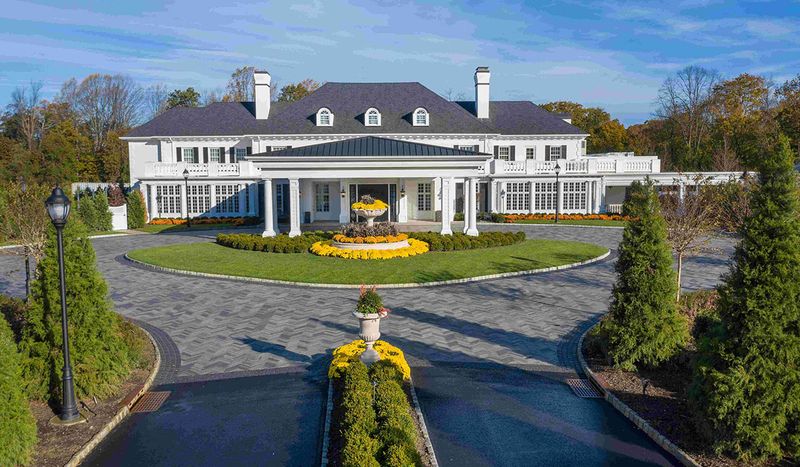
Hence the name! This magnificent Tudor Revival estate seems to emerge from the shadows of its wooded setting like something from a fairytale! Shadowbrook’s dramatic silhouette features steep gables, decorative half-timbering, and imposing chimneys.
Built in 1910 for Dr. Ernest Fahnestock, this 20,000-square-foot mansion incorporates authentic English Tudor details with American luxury. The interior boasts hand-carved woodwork, leaded glass windows, and massive stone fireplaces.
Now operating as an event venue, its architectural integrity remains intact, allowing guests to experience Gilded Age splendor firsthand.
8. The Stone House At Stirling Ridge: Refined Rustic Elegance
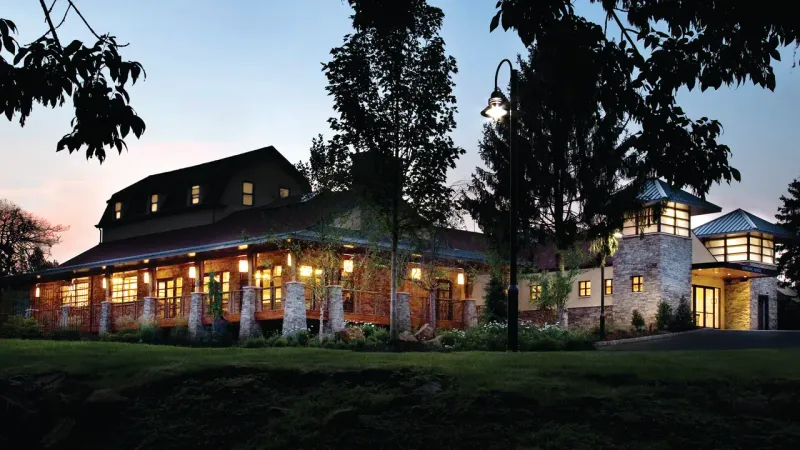
A blend of contemporary design and rustic charm, the Stone House at Stirling Ridge is a unique architectural marvel. With its stone facade and expansive glass windows, the mansion seamlessly integrates with its natural surroundings. This modern retreat offers both luxury and tranquility, making it a perfect getaway.
The interior is a masterpiece of design, featuring open spaces, high ceilings, and elegant finishes. Each room is thoughtfully crafted to provide comfort and style, while large windows offer stunning views of the surrounding woodlands. It’s a place where nature and architecture exist in perfect harmony.
Fun fact, the Stone House is not just a private residence… It also serves as a premier event venue, hosting weddings and gatherings in its picturesque setting.
9. Grover Cleveland Home: Presidential Simplicity
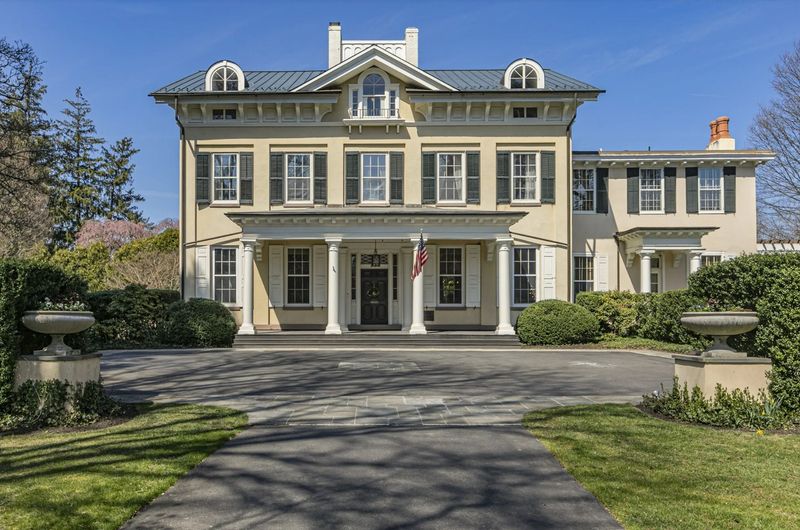
When compared to other mansions on this list, the modest scale of this Caldwell treasure might surprise you! Yet the birthplace of President Grover Cleveland demonstrates that timeless design doesn’t require vast proportions.
This simple 1832 Presbyterian manse represents vernacular architecture at its finest with clean lines and practical design. The two-story frame house features period-appropriate details and furnishings that reflect middle-class life in 19th-century America.
Its historical significance far outweighs its size, proving that architectural importance isn’t always measured in square footage.

